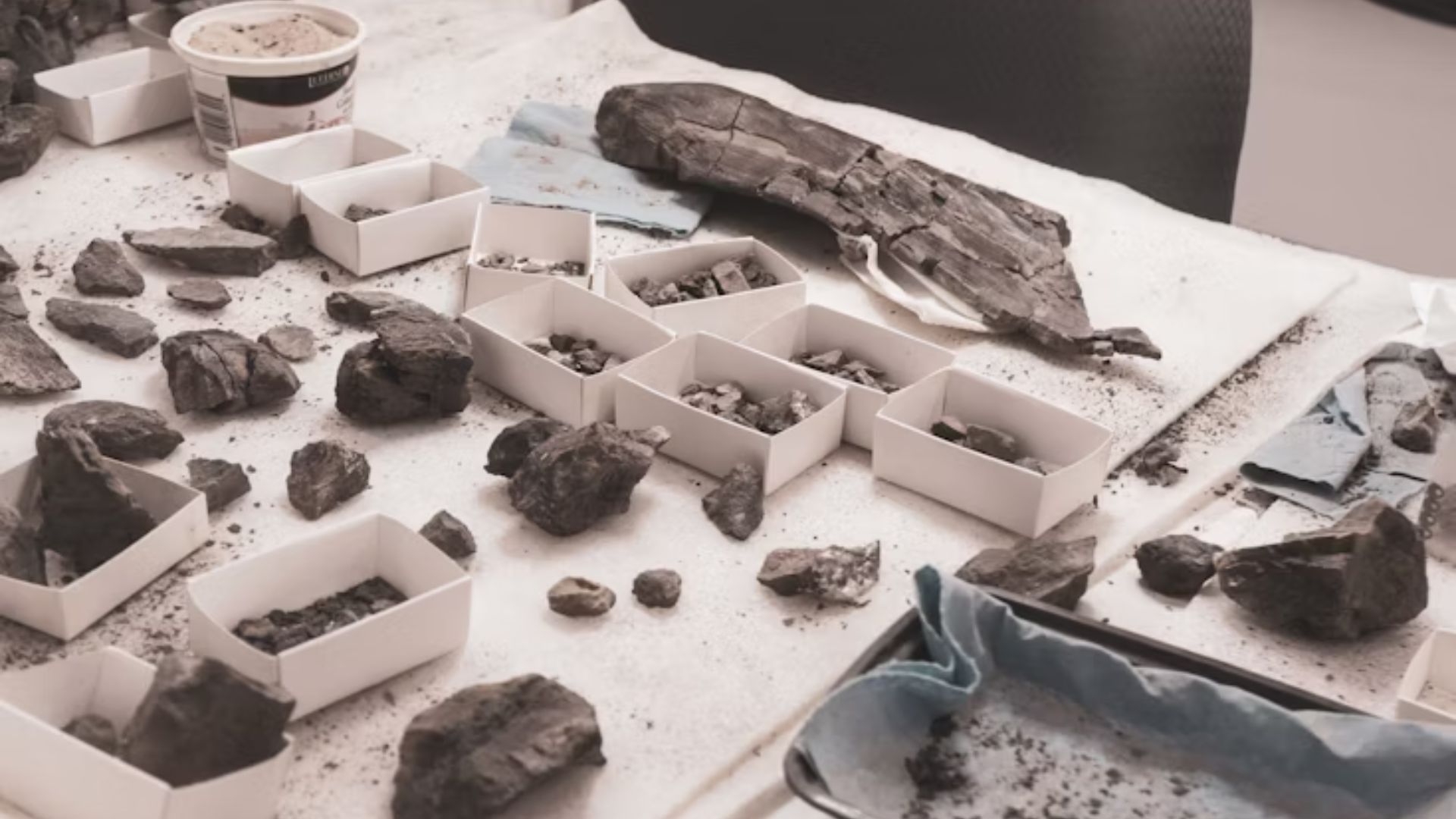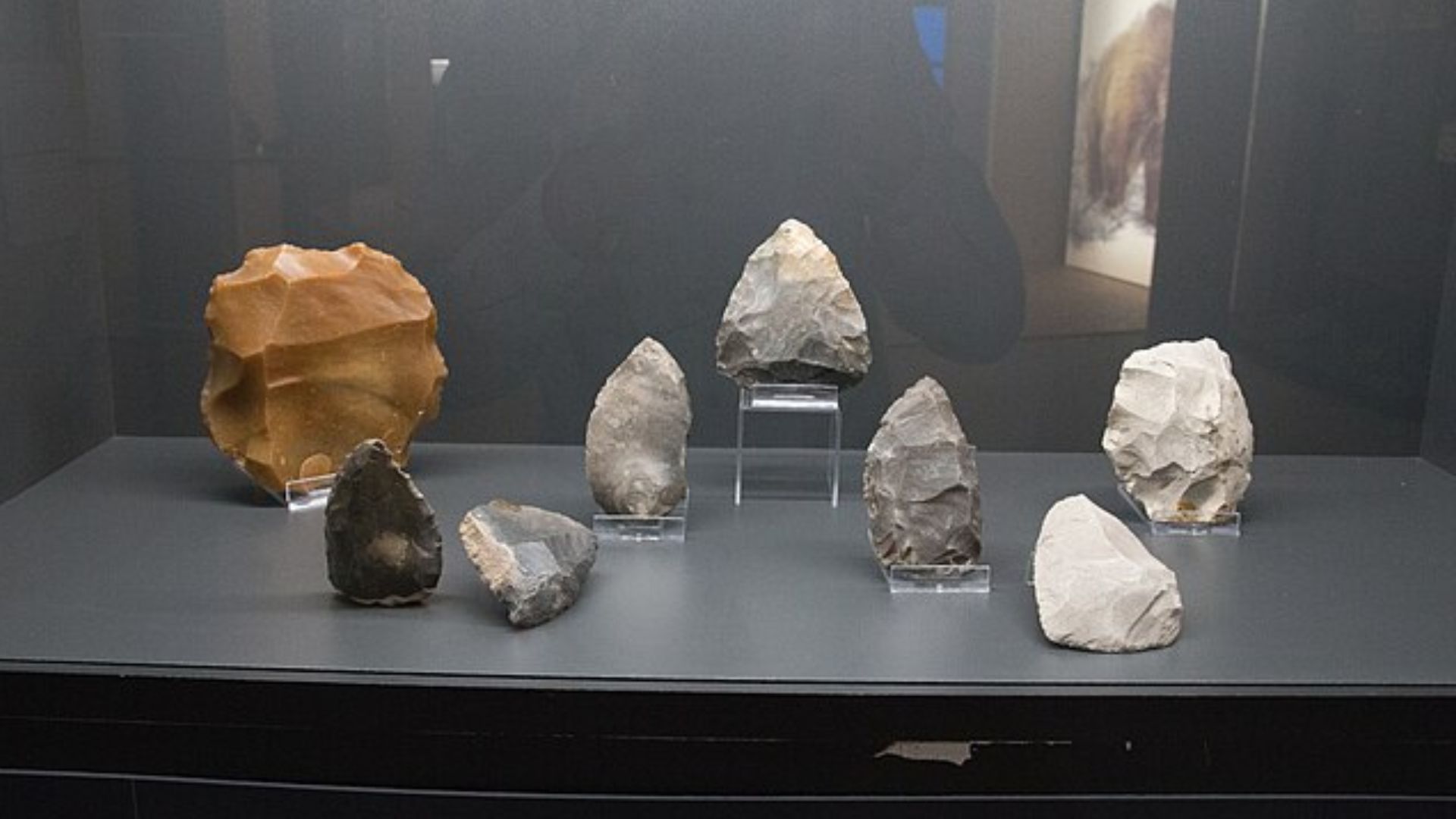Ancient Cave Sealed for 57,000 Years Reveals Artifacts of Non-Human Origin


Deep beneath layers of sediment overlooking the Loire River, a cave long untouched by humans has preserved traces of ancient activity. For centuries, its entrance remained sealed, hidden under more than 30 feet of debris from floods and landslides. Recent research has turned attention to the walls of this mysterious space, revealing marks that suggest deliberate patterns made long before modern humans arrived in the region.
Ancient Wall Markings in a Long-Sealed Cave

Excavations at the site, first exposed in the mid-19th century, had uncovered stone tools and animal bones, but the cave walls were largely ignored. Beginning in 2016, researchers used 3D scanning to examine the chalk surfaces and differentiate ancient markings from scratches left by animals or modern activity. What they found were deliberate lines and dots, etched directly with fingers into soft chalk, a local stone called tuffeau. The cave’s long isolation preserved these markings for millennia.
Finger Markings Point to Neanderthal Artists

Dating of surrounding sediments using optically stimulated luminescence indicates the cave was sealed between 57,000 and 75,000 years ago, long before modern humans entered the region. Coupled with Mousterian stone tools found inside, this points to Neanderthals as the likely artists. Archaeologist Paul Pettitt of Durham University commented, “All the evidence together provides strong indirect, cumulative evidence that Neanderthals produced the finger markings.” These findings could represent the oldest known Neanderthal cave art.
Scientists Date the Cave to Over 57,000 Years Ago

Researchers used optically stimulated luminescence, a method that measures how long quartz grains have been exposed to sunlight, to date the sediments above and around the cave. Testing 50 samples, the team determined the chamber was sealed between 57,000 and 75,000 years ago. This timing predates the arrival of modern humans in central France, strengthening the argument that Neanderthals were responsible for the markings.
Mousterian Tools Found Alongside the Engravings

Inside the cave, archaeologists uncovered Mousterian stone tools, a type of toolkit historically linked exclusively to Neanderthals. These implements were found alongside animal bones showing cut marks, suggesting active use by cave inhabitants. While the tools cannot be directly tied to the engravings, their presence in a sealed, untouched environment supports the likelihood that Neanderthals created the finger markings rather than later human populations.
Deliberate Finger Carvings Show Thoughtful Patterns

The markings consist of lines and dots etched into soft chalk walls using fingers. Researchers ruled out modern scratches, animal claw marks, and metal tools through careful 3D scanning and microscopic analysis. According to the study published in PLOS ONE, the consistency and arrangement of the lines indicate intentional creation, not random activity. These patterns reflect cognitive capabilities previously thought unique to modern humans, providing insight into Neanderthal symbolic expression tens of thousands of years ago.
How Neanderthal Art Compares to Early Human Creations

Until recently, the oldest known Neanderthal cave art came from Gorham’s Cave in Gibraltar, dated around 39,000 years ago. By contrast, early Homo sapiens produced figurative art such as the 45,500-year-old pig painting in Leang Tedongnge, Indonesia, and the elaborate animal murals in Chauvet Cave, France. The La Roche-Cotard engravings, dating at least 57,000 years, push back the timeline of Neanderthal symbolic behavior, suggesting they may have been capable of complex expression earlier than previously believed.
Symbolic Expression Was Not Unique to Modern Humans

Recent discoveries, including 65,000-year-old pigment-based hand designs in Spanish caves, suggest that Neanderthals engaged in symbolic behavior beyond tool use. Archaeologist Paul Pettitt noted, “These findings challenge the long-standing assumption that symbolic expression was exclusive to Homo sapiens.” The La Roche-Cotard engravings add further evidence that Neanderthals may have created art, marking a shift in understanding the cognitive and cultural capabilities of our ancient relatives.
The Cave’s Preservation Offers a Rare Glimpse into the Past

The cave remained sealed under over 30 feet of sediment from natural flooding and landslides for tens of thousands of years. This exceptional preservation allowed scientists to study untouched wall markings, Mousterian tools, and animal remains in context. According to the research team, the site provides a rare window into Neanderthal life and creativity, offering clues about their behavior, social organization, and interaction with their environment.
Experts See a Shift in Understanding Neanderthal Creativity

Archaeologists say the La Roche-Cotard findings challenge previous ideas about cognitive differences between Neanderthals and Homo sapiens. Pettitt emphasized, “The evidence of deliberate engravings and symbolic expression suggests Neanderthals were capable of abstract thought much earlier than previously recognized.” These discoveries are reshaping perceptions of prehistoric art, showing that Neanderthals engaged in cultural practices long before modern humans appeared in Europe, and highlighting the complexity of our evolutionary cousins.